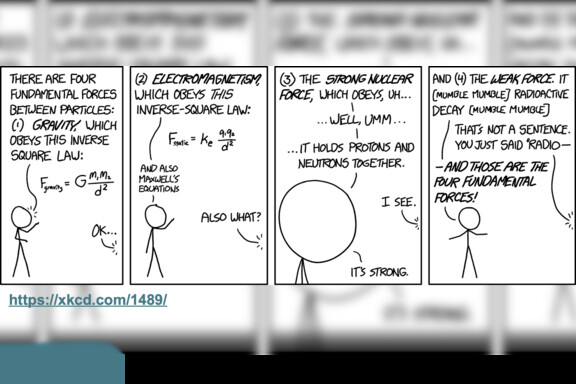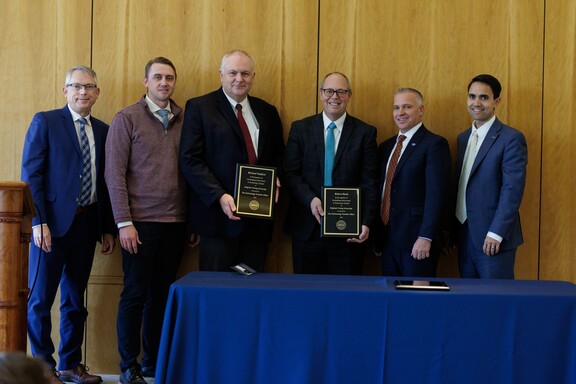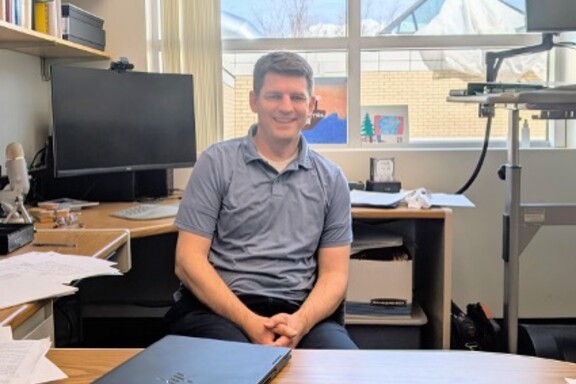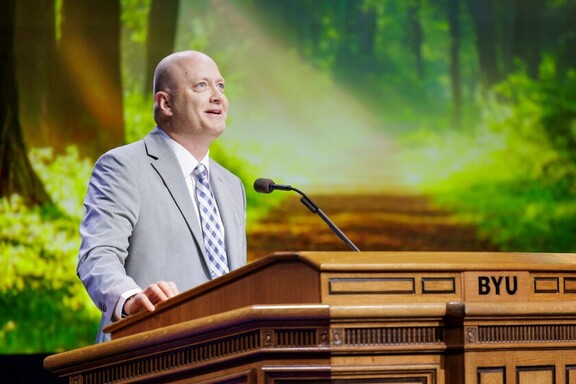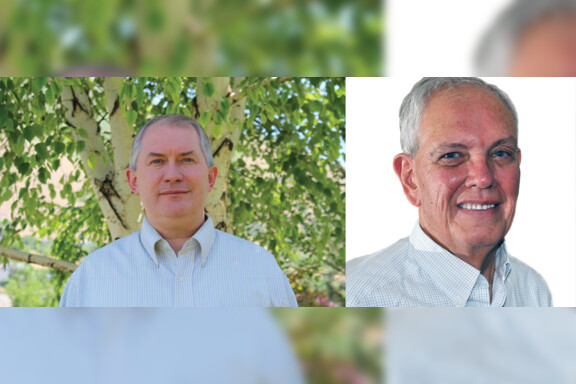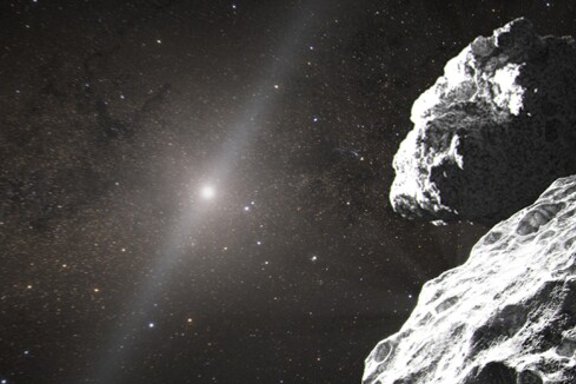The APS Global Physics Summit 2025 was an international event that brought together physicists, students, educators, and professionals from all over the world to talk about the latest research and ideas in physics. Organized by the American Physical Society (APS), the summit covered a wide range of topics—from quantum physics and astronomy to materials science and technology. The Summit was a chance for people at all stages of their careers to connect, share their work, and learn from each other in a collaborative environment. There are talks, workshops, and opportunities to meet others in the field. Essentially, this summit creates a space for real conversations and fresh ideas about where physics is headed.
While APS typically hosts two conferences each year, in 2025 APS combined the traditional March and April meetings into one summit in honor of its 125th anniversary and with the goal of uniting physicists across all disciplines. The Summit was held from March 16–21, 2025, in Anaheim, California. The Anaheim Convention Center allowed for multiple sessions to be hosted, facilitating both specialized and cross-disciplinary interactions.
The Summit’s theme of Quantum Science was selected because the United Nations proclaimed 2025 to be the year of “Quantum Science and Technology”. This theme was reflected in the activities and conferences that were hosted. Some of these activities include the quantum jubilee (an immersive experience with performances and demonstrations) and the LabEscape (A quantum themed escape room), which really emphasizing the theme this year.
Several BYU undergraduates, graduate students, and faculty participated in this amazing event. One of these was Blake Hawkins, an undergraduate applied physics major doing research in material physics, who shared these thoughts: “This past month, I had the incredible opportunity to attend and present at the APS Global Physics Summit held at the Anaheim Convention Center. I was surrounded by physicists from around the world. Such an amazing experience being able to share my research in such a professional environment. I left the summit with a deeper appreciation for the global physics community and the role our research at BYU plays in it.”
Student Authors: Ryan Fuhriman, Sean Hull, Tyler Brady, and Blake Hawkins
News and Events



